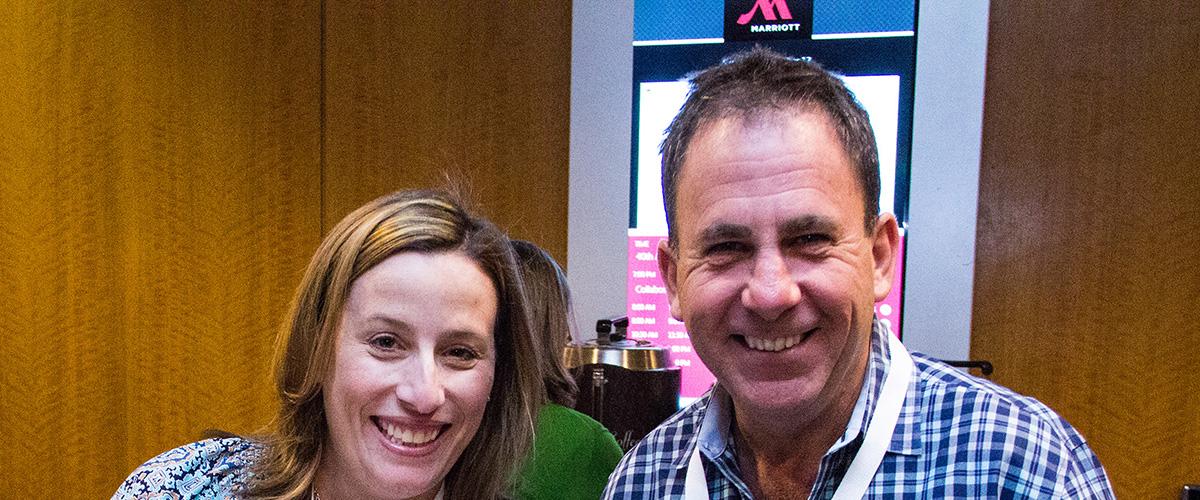Toward ‘Responsive’ Outcome Measures for DM1
The Pathway to an Approvable (and Reimbursable) Therapeutic
DM offers many advantages in attracting drug developers, not the least of which is the ability to use changes in alternative splicing as a rapid and quantitative measure of target engagement/modulation and dosing. Beyond such early-stage milestones, a challenge in myotonic dystrophy is finding endpoint measures that: (a) are clinically meaningful to patients and caregivers, (b) show progressive change during the timeframe of a typical clinical trial (6-12 months) and (c) provide sufficient validity, responsiveness and reproducibility as to support acceptance by both regulators and payers.
An insightful pair of review articles in the NEJM (Pocock and Stone, 2016a, 2016b) discuss interpreting data from clinical trials, pointing out the importance of selection of outcome measures and their underlying methodology: “Trial success may hinge on definitions of the outcomes and on the methods used for their adjudication.” How do we get there for DM?
There is no easy pathway toward adequate, clinically meaningful outcome measures, particularly in a slowly-progressive, multi-system disorder like DM. The necessary ‘grunt work’ involves triaging and implementing a broad battery of putative outcome measures and applying them in sufficiently powered, longitudinal natural history studies. To avoid siloing of small, underpowered datasets, natural history studies in DM should plan, from the beginning, that data sharing will occur in order to achieve broader goals that are un-addressable any other way (Larkindale and Porter, 2017).
‘Responsive’ Outcome Measures for DM1
Drs. Marie Kierkegaard (Karolinska Institute), Cynthia Gagnon (University of Sherbrooke) and colleagues have published the results of a 9-year, longitudinal natural history study assessing function, disabilities and overall health in a cohort of subjects with adult- and late-onset DM1. The responsiveness of a wide battery of functional tests and patient-reported perceptions of changes in relevant functions was evaluated at baseline and 9 years later in 113 subjects seen at the Saguenay Neuromuscular Clinic.
Patient reports of perceived change in specific functions (balance, walking, lower-limb weakness, stair-climbing and hand weakness) correlated with those changes measured by the research team. The highest degree of responsiveness was found for measures of mobility, balance and muscle strength (Timed Up and Go, Berg Balance Scale and Quantitative Muscle Testing). By contrast, outcome measure responsiveness was poorer for manual dexterity and grip strength.
Significantly, some measures -- Timed Up and Go, grip strength, pinch-grip strength and Purdue Pegboard Test -- did not show longitudinal changes that exceeded known measurement errors, raising questions about value for clinical trials.
Criticality of Endpoint Selection for Clinical Trials
Taken together, this study provides important insights into the responsiveness of a range of functionally significant outcome measures that could be selected for interventional clinical trials. Assessment of endpoint measure change was made over a time period considerably longer than any feasible clinical trial (9 years), and DM1-related cognitive decline over the study period likely influenced patient perception abilities, but these data help improve understanding of the relative performance of specific measures. Some measures did not distinguish either clinically important changes from known measurement errors and/or the smallest detectable change for the specific instrument. These findings should be considered, along with data from other studies, when defining suitable outcomes and measurement methodology for DM1 interventional clinical trials. As the authors note, it is essential to assess outcome measure responsiveness over the shorter time period that is feasible for clinical trials.
References:
Responsiveness of performance-based outcome measures for mobility, balance, muscle strength and manual dexterity in adults with myotonic dystrophy type 1.
Kierkegaard M, Petitclerc É, Hébert LJ, Mathieu J, Gagnon C.
J Rehabil Med. 2017 Dec 20. doi: 10.2340/16501977-2304. [Epub ahead of print]
The Primary Outcome Fails - What Next?
Pocock SJ, Stone GW.
N Engl J Med. 2016 Sep 1;375(9):861-70. doi: 10.1056/NEJMra1510064
The Primary Outcome Is Positive - Is That Good Enough?
Pocock SJ, Stone GW.
N Engl J Med. 2016 Sep 8;375(10):971-9. doi: 10.1056/NEJMra1601511.
Seeking a better landscape for therapy development in neuromuscular disorders.
Larkindale J, Porter JD.
Muscle Nerve. 2018 Jan;57(1):16-19. doi: 10.1002/mus.25961. Epub 2017 Sep 23.

